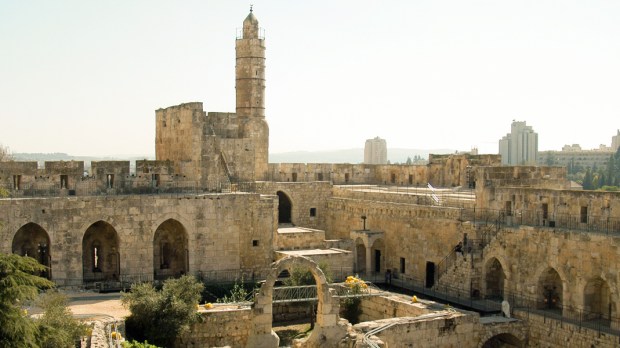The Tower of David Museum, in Old Jerusalem, has begun guided tours through a site believed to be the palace of Herod the Great. The ruins were found under an Ottoman-era prison, the Kishle, and were excavated from 1999-2000. The site was closed to the public until 2015 because of limited funding.
The remains of the substructure were identified as the praetorium, the residence of the Roman Governor. This has lead archaeologists to believe that this may be the site where Pontius Pilate condemned Jesus.
Bible History Daily explains how they determined that this was the praetorium:
“Herod’s palace was not a building—it was a compound,” Shimon Gibson told Bible History Daily. “The compound was ideal for Roman governors.” In The World of Jesus, Gibson explains why it’s likely the praetorium was located in Herod’s palace complex:[T]here can be no doubt that on the occasions when [Pilate] stayed in Jerusalem, particularly during the Jewish festivities, he took up residence at Herod’s old palace situated on the west side of the city, also known as the praetorium. The word praetorium might refer to a palace or a judicial military seat, but it is likely that in Jerusalem it referred to the entire palace compound, which on the north included palatial buildings used for residential purposes and on the south, military barracks.When the Tower of David Museum opened the site to visitors a year ago, director Eilat Lieber expressed to the Washington Post her desire to see it become part of the Via Dolorosa (Way of Sorrow), the route taken by Jesus on his way to execution.
The Via Dolorosa begins at the Antonia Fortress west to the Church of the Holy Sepulchre. It is marked by 9 of the stations of the Cross. The remaining 5 stations are inside the Church of the Holy Sepulchre. The current route was established in the 18th century.

